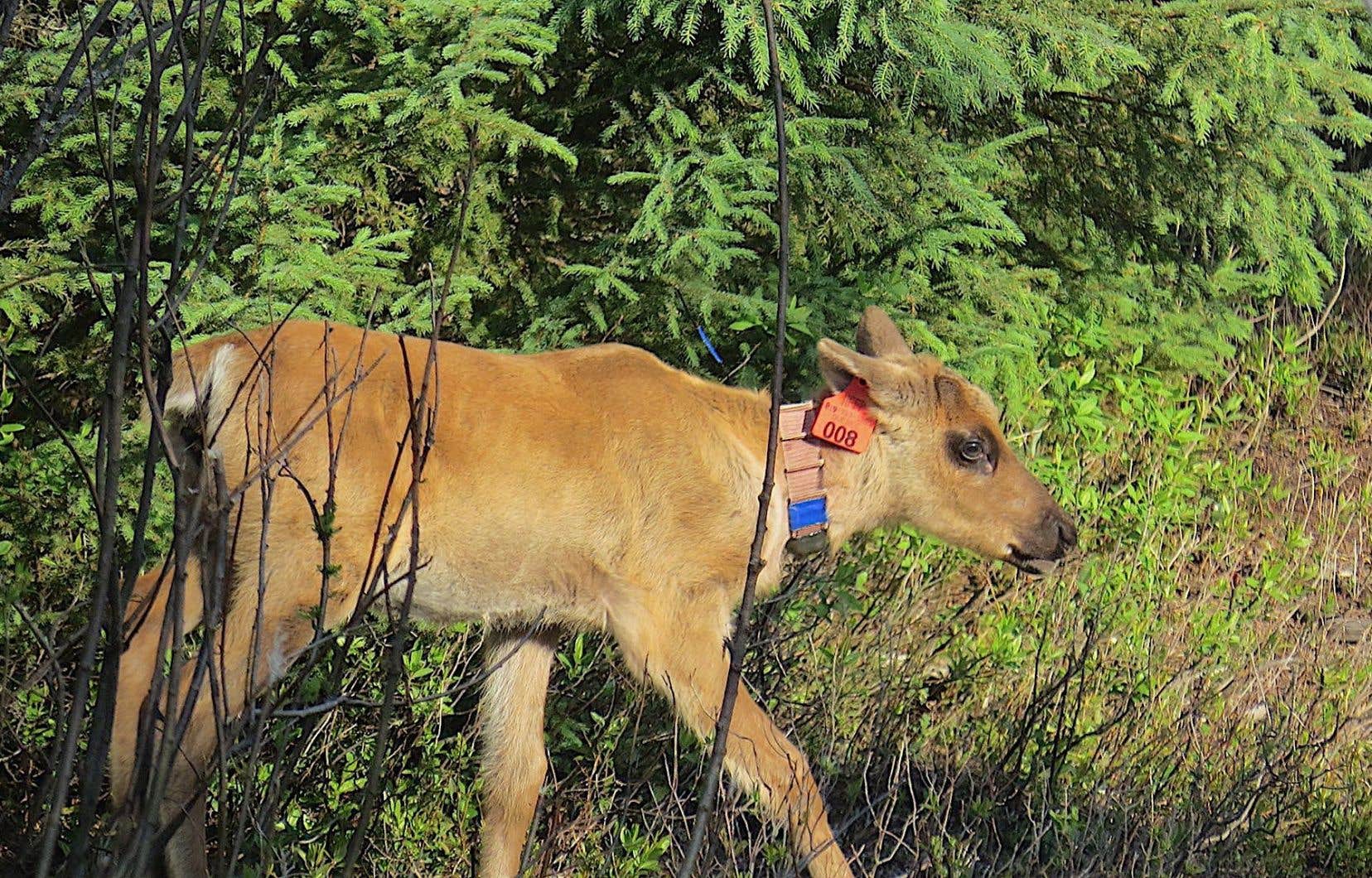The fate of the caribou of Val-d’Or and Gaspésie is not improving, despite the measures taken by Quebec to save them. The three fawns that were to be added to these herds during the last calving period did not survive.
A birth was expected in Val-d’Or, where the low population of woodland caribou was placed in a pen in 2020. Two others were in Gaspésie, where the pregnant females were moved this year so that they give birth in a pen, too.
The most recent birth toll in these two sensitive sectors, however, shows zero, said Friday in a press release the Ministry of the Environment, the Fight against Climate Change, Wildlife and Parks (MELCCFP).
The situation therefore remains critical in the populations of woodland caribou — nine animals — and mountain caribou in Gaspésie — about thirty according to the latest estimates. Especially since one of the females who were to give birth in Gaspésie died after contracting a uterine infection following the birth, reported the ministry.
“Despite the presence of a keeper on site who observes the caribou every day, the availability seven days a week of a MELCCFP team and that of a veterinarian ready to intervene if necessary, the risks of perinatal mortality of fawns and females remain”, we wrote.
“It also shows the risks of these operations [de mise en enclos] “, dropped the director of conservation at the Society for Nature and Parks of Canada (CPAWS) – Quebec section, Pier-Olivier Boudreault, when asked about these statistics. “When you raise animals in captivity, despite all the good care, despite all the precautions, there are going to be infections and deaths. Even during capture, there can be accidents that cause the animals to die. »
“Not encouraging [es] “, this news comes above all “to demonstrate that we should not go there” with the caribou populations still in health, affirmed the biologist by profession in an interview with The duty.
According to the latest inventories carried out by the Government of Quebec, for example, the caribou populations known as “Outardes”, which line the Côte-Nord and Saguenay — Lac-Saint-Jean, number hundreds of individuals, although they are in decline. The so-called “Caniapiscau” caribou, further north, would be nearly 500, according to the most recent data.
“It costs millions of dollars, enclosures. The more we act upstream for the caribou, the less money we spend and the less we take this kind of risk [pour leur santé] “said Mr. Boudreault.
Encouraging portrait in Charlevoix
Meanwhile, renewed hope in the Charlevoix region: 11 of the 12 fawns expected during the last calving period were born and healthy. Suddenly, the caribou population in the area jumped from 20 to 31 animals.
“The fawns and their mothers are doing well and were observed daily at the feeders,” the ministry wrote on Friday.
Despite the flooding that recently affected the region, “no travel was necessary,” said MELCCFP communications advisor Ève Morin Desrosiers in an email. “The enclosure is in no way impacted by precipitation. The caribou are doing very well. »
When placed in captivity in Parc national des Grands-Jardins in 2022, there were only 16 forest-dwelling caribou in Charlevoix. The herd has therefore doubled in size in one year.
The government has still not tabled its strategy for safeguarding woodland and mountain caribou. Expected in June, it has been postponed again this summer due to the forest fires that are plaguing Quebec’s forests.
No one knows what plan will be adopted to fly to the aid of the Gaspé herd. Unlike the Charlevoix and Val-d’Or populations, it was not targeted by a general enclosure strategy.
